Brachychiton acerifolius
 Illawarra flame tree
Illawarra flame tree
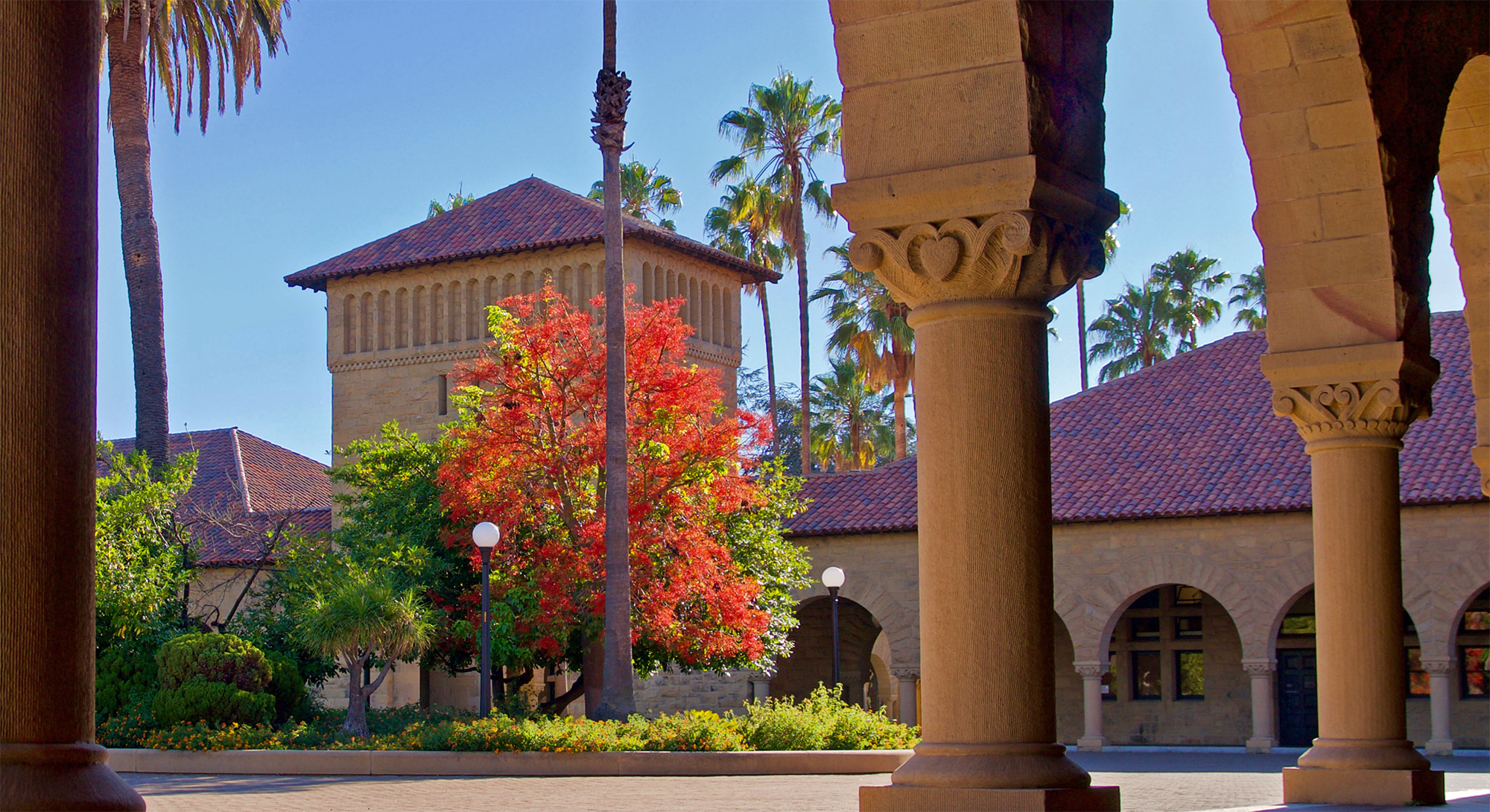
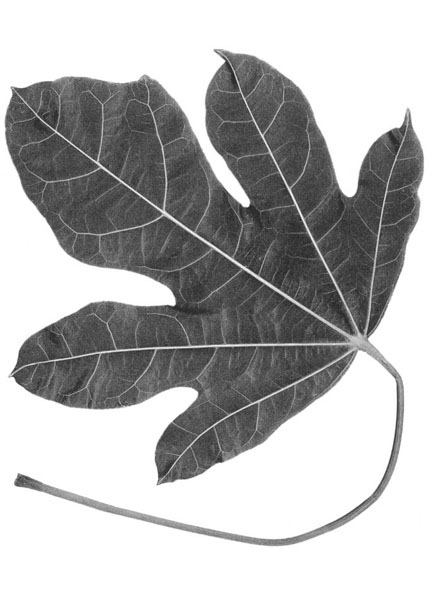
A flame tree planted in 1891 in the outer northwest island of the Inner Quad was famous for the brilliant display it put on in May–June, covering the ground with a mantle of red bells. In most years only part of a flame tree blooms, but even this is striking, as the leaves all drop off in the flowering zone. Every few years the whole of the big flame tree burst into glorious bloom and the ground was red with the waxy bells, which are good for leis. The leaves themselves are handsome, large, and of several different shapes. After a wind, black boat-shaped pods fall and the seeds can be extracted from a brittle honeycomb structure. If sown in moist peat moss they begin to germinate after six weeks or so.
Extraordinarily beautiful photographs of the blossoms have appeared on the cover of The Stanford Magazine (1978 Fall/Winter, see image gallery). A flame tree flowering alongside a jacaranda is a marvel to behold. Happily enough, in the 1990s a jacaranda was planted in the Inner Quad’s inner northwest island. Flame trees should be tried in more locations when opportunity permits.
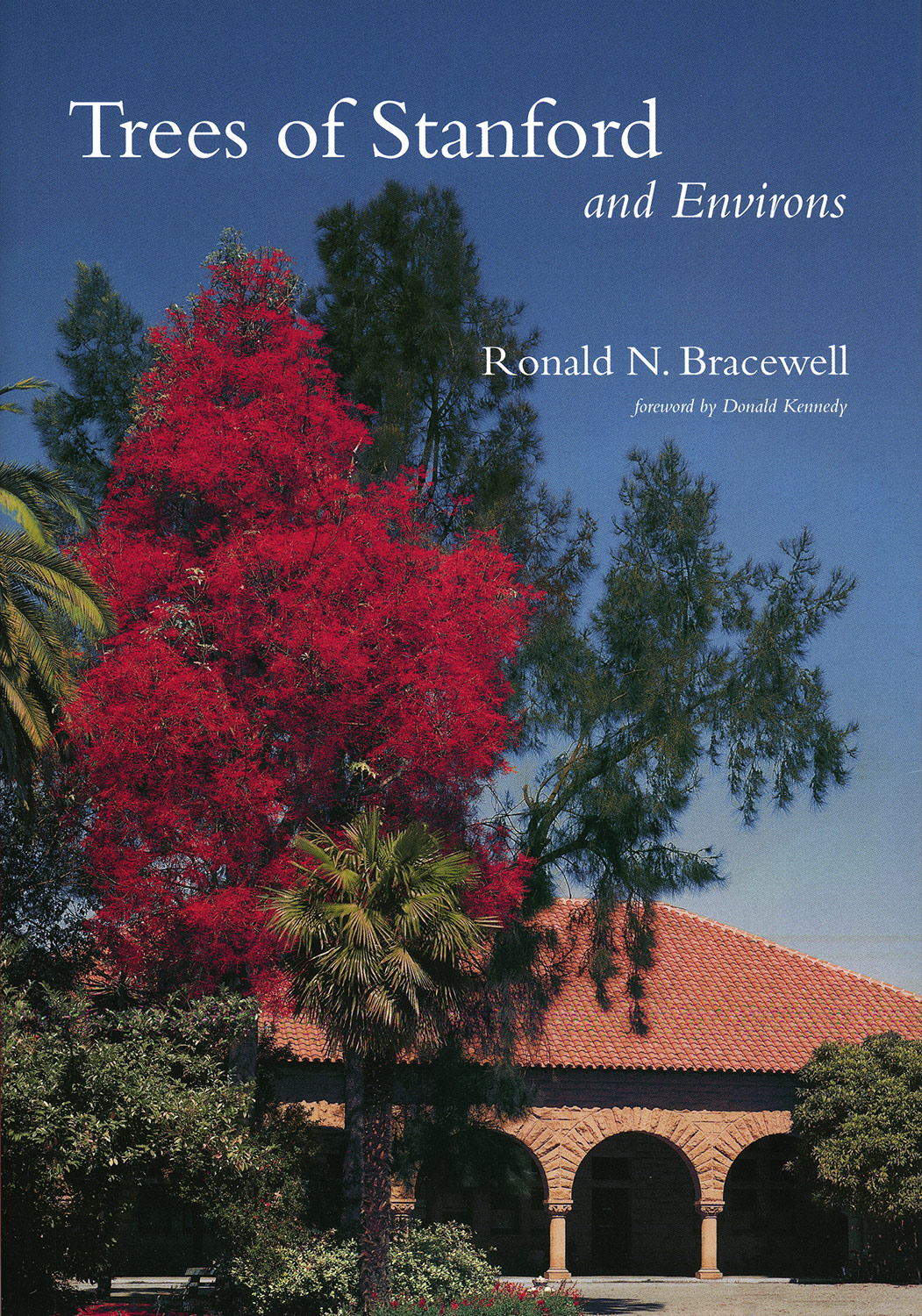
There is no doubt that the flame tree is frost sensitive, and the Inner Quad specimen ultimately succumbed. But it performed nobly for over 100 years and was replaced in the same sheltered spot in 1998; by 2003 the new tree was over 20 feet high and 9 inches in diameter. It blooms June–July. A young flame tree was added to the inner southeast island in 2003. It shot through the canopy of the surrounding trees and was blooming prolifically in the late 2010s. It gazes across at the adjoining inner southwest island, former site of another flame tree noted in the 1955 and 1971 versions of the Inner Quad tree map and in Trees on the Stanford Campus (1984).
In 2023 a young specimen entirely covered in deeply lobed juvenile leaves was planted east of Lantana, at the entrance to the underground garage. An example planted behind the memorial bench at the perimeter of the Arizona Garden in 2003 did not survive the depredations of trunk-chewing squirrels; it was removed five years later.
Name derivation: Brachychiton – from Greek, brachys, short and chiton, a tunic, a reference to the coating on the seed; acerifolius – maple-like leaf.
Image gallery
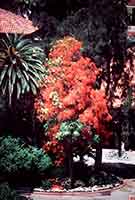
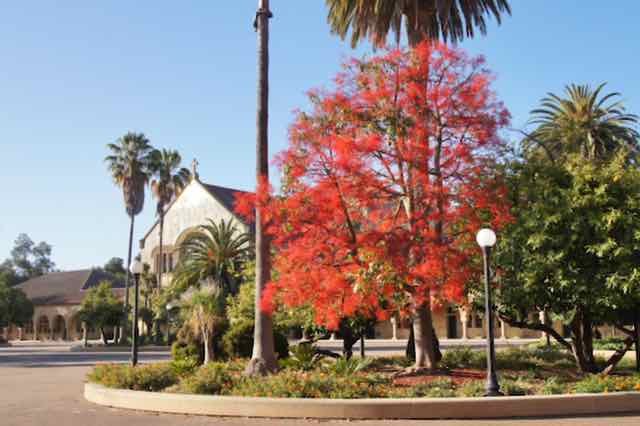
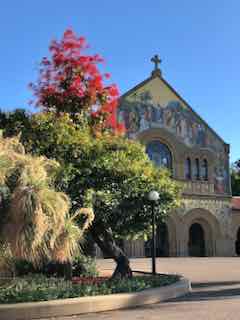
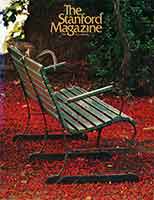
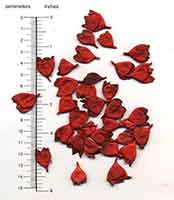
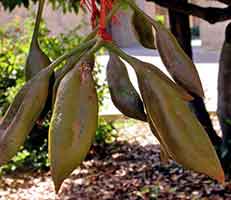
About this Entry: The main text of this entry is from the book Trees of Stanford and Environs, by Ronald Bracewell, published 2005. Family changed from Sterculiaceae to Malvaceae; common name changed from flame tree to Illawarra flame tree (Jul 2017, SP). Note on new (2003) and inner southwest island (removed) Inner Quad specimens added; O’Keefe location determined to be a B. discolor and moved to that entry; minor edits; all locations up to date (Jun 2020, SP). Lantana location added (Aug 2023, SP).



